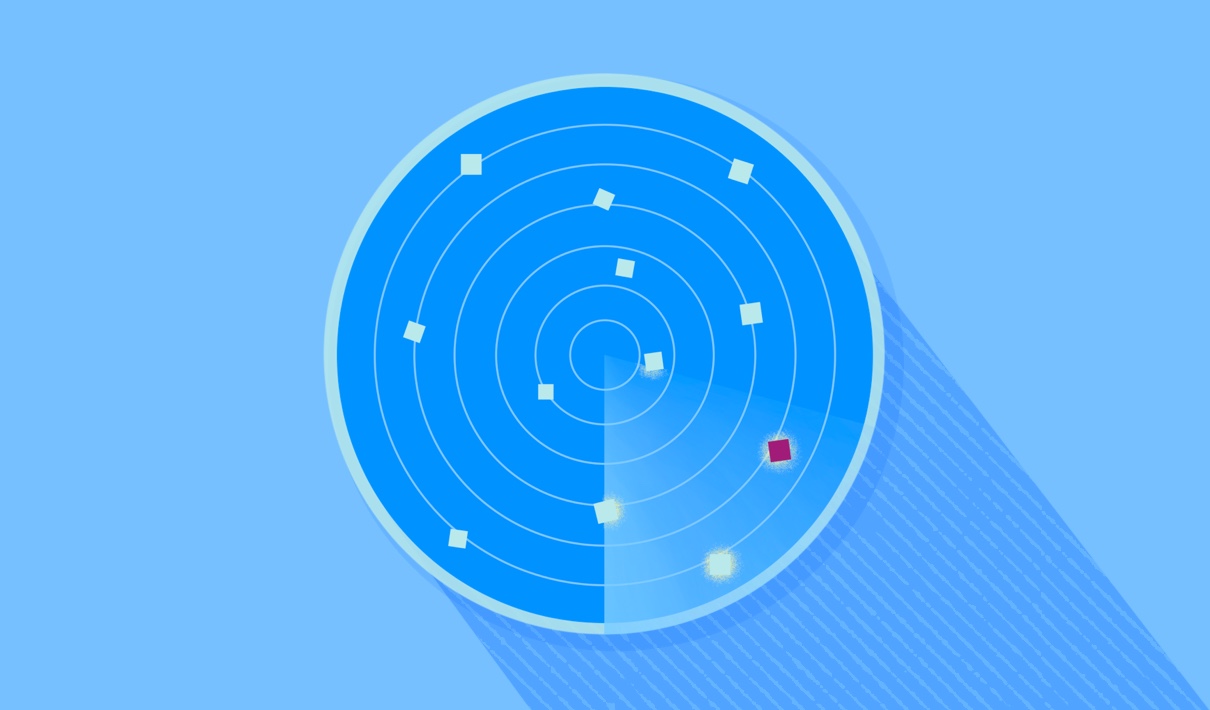Designalytics offers the first and only subscription-based tool for maximizing design performance. Our clients can certainly attest to the significant impact it has had on their brands, but we understand that the concept of syndicated design data is relatively new for others. So we thought we’d answer some of the most common questions we’ve heard from clients.
What is syndicated design research?
It is subscription-based intelligence for package design—offering insights you’d never see otherwise to help gain an edge on your competition and grow your brand.
With feedback from nearly 5,000 consumers per category, Designalytics annually evaluates 12 leading brands in each of hundreds of CPG categories, offering in-depth data and analysis on 20+ performance factors (including the ones we have determined are the most important for design success).
Throughout the year, we also detect design changes in these categories, and provide a quantitative, quick-turn read on how consumers are responding to new redesigns in your category. In other words: If it’s happening in package design, we know about it. We’ve compiled mountains of data and insight on design effectiveness that is unavailable anywhere else, and our clients are the first to benefit.
Our subscriptions include:
- An annual report with comprehensive data on 12 top-selling designs in your product category
- A brand report, which is a presentation-ready overview brand’s current packaging and how it’s performing relative to category norms
- Redesign Response Reports for any design changes in your category
- Thought leadership content that highlights trends and best practices in the industry, including our Designalytics Academy series
Why do brands use syndicated design research?
Rather than taking a reactive approach to design management, syndicated research allows brands to automatically receive detailed, data-focused insights on a design’s performance as well as those of your competitors quickly, efficiently, and cost-effectively.
There are many reasons organizations decide to use syndicated research, but there are two at the forefront:
- Design is an incredible growth-driver. According to McKinsey, design-led companies increase their revenues and shareholder returns at nearly twice the rate of their industry counterparts.
- Design isn’t regularly monitored. Each aspect of the marketing mix is obsessively tracked but one: Package design. It so happens that this is also the only one that reaches 100% of category buyers.
In short, design is impacting your brand’s bottom line, whether you realize it or not. By leveraging continuous data and analysis, you can make better design decisions and position your brand for growth.
When is syndicated design data right for my brand?
Syndicated research allows you to assess your current design, as well as those of key competitors, in order to focus your creative strategy. This is invaluable information at the start of any redesign initiative—and can help determine whether a redesign is warranted or if design investment would be better spent elsewhere in your organization’s brand portfolio.
When working on a design for a new product, a comprehensive assessment of the competitive landscape in the target category can highlight differentiation opportunities. Plus, you’ll be locked in on design changes by competitors in your category and can respond quickly when needed.
Syndicated design research uniquely supports a range of design scenarios, injecting more efficiency into the creative process and consistently driving better business outcomes. Plus, it can complement existing data streams and offers holistic, consistent, and timely feedback that brands can use to make optimal design decisions.
When is it not right for my brand?
Though comprehensive and configurable, syndicated research may not be the best tool for every design project, depending on the business objective and desired output. Here are some common project types for which other solutions may be a better fit:
- Exploratory qualitative research
- Evaluating packaging with tactile features or special visual effects
- Planogram optimization work
- New product concept volumetrics
- Line optimization to determine ideal product variants
- Consumer segmentation studies
Interested in getting more information or seeing a sample report? Get in touch with us.




